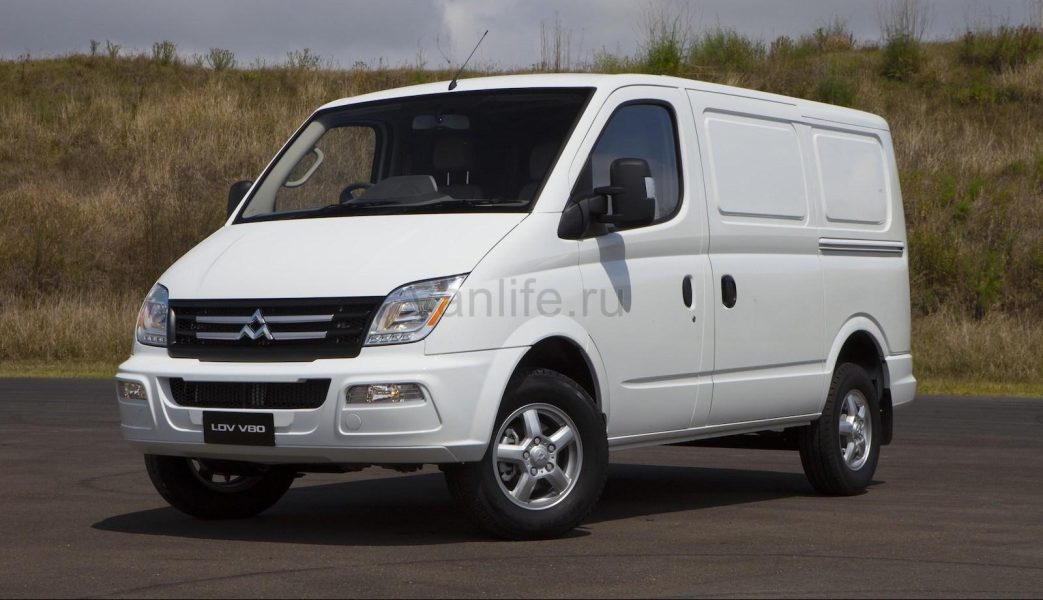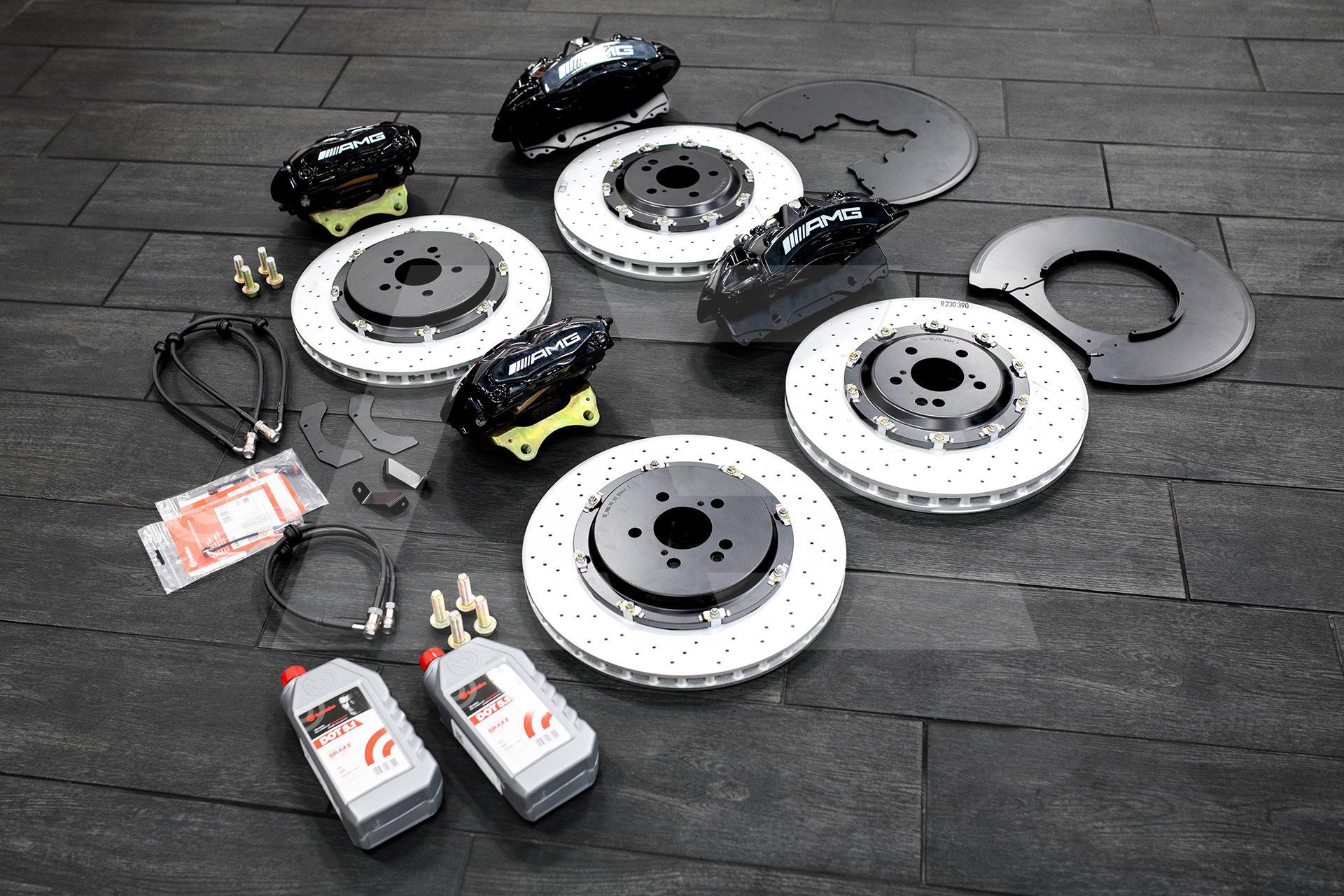
LDV V80 Van 2013 Overview
If you've ever traveled the UK in the past 20 years (or just watched police broadcasts from that country), you've noticed dozens if not hundreds of vans with LDV badges.
Purpose-built by Leyland and DAF, hence the name LDV, meaning Leyland DAF Vehicles, the vans enjoyed a reputation among users for being honest, if not particularly interesting vehicles.
At the beginning of the 21st century, LDV faced serious financial difficulties and in 2005 the rights to manufacture LDV were sold to the Chinese giant SAIC (Shanghai Automotive Industry Corporation). SAIC is the largest car manufacturer in China and has established partnerships with Volkswagen and General Motors.
In 2012, the SAIC group companies produced a staggering 4.5 million vehicles – by comparison, more than four times the number of new vehicles sold in Australia last year. Now LDV vans are imported into Australia from a Chinese factory.
The vans we get here are based on a 2005 European design but have seen quite a few upgrades in that time, especially in the areas of safety and exhaust emissions.
Value
In these early days in Australia, the LDV is offered in a relatively limited number of models. Short wheelbase (3100 mm) with standard roof height and long wheelbase (3850 mm) with either medium or high roof.
Future imports will include everything from chassis cabs, to which various bodies can be attached, to vehicles. Pricing is important for the buyer's perception of Chinese cars at an early stage of their introduction in this country.
At first glance, LDVs cost about two to three thousand dollars less than their competitors, but LDV importers have calculated that they are about 20 to 25 percent cheaper when the high level of standard features is taken into account.
In addition to what you would expect from a car in this class, the LDV is equipped with air conditioning, alloy wheels, fog lights, cruise control, power windows and mirrors, and reversing sensors. Interestingly, Quy De Ya, a senior official at the Chinese Embassy in Australia, was present at the LDV's media launch.
Among other things, he stressed the importance of social responsibility towards the Chinese people. Australian importer WMC has announced that in line with this it has donated an LDV van to the Starlight Children's Fund, a charity that helps brighten the lives of seriously ill Australian children.
Design
Access to the cargo area of every model imported to Australia is via sliding doors on both sides and full height barn doors. The latter open to a maximum of 180 degrees, allowing the forklift to lift straight from the rear.
However, they do not open 270 degrees to allow reverse in a very narrow space. The latter is probably less important in Australia than in the cramped cities of Europe and Asia, but it can sometimes be useful nonetheless.
Two standard Australian pallets can be carried together in a large luggage compartment. The width between the wheel arches is 1380 mm, and the volume they occupy is pleasantly small.
Build quality is generally good, although the interior is not up to the same standard as commercial vehicles built in other countries. One of the LDVs we tested had a door that had to be slammed hard before it closed, the others were fine.
Technologies
The LDV vans are powered by a 2.5-liter four-cylinder turbodiesel engine developed by the Italian company VM Motori and manufactured in China. It delivers up to 100 kW of power and 330 Nm of torque.
Driving
During the 300+ km run program organized by WMC, the Australian LDV importer, we made sure the engine was powerful and ready to go. At low revs, the ride wasn't as pleasant as we'd expect in a commercial vehicle, but once it hits 1500 revs, it starts to sing and keeps the high gears happy on some pretty steep hills.
Only a five-speed manual transmission is being installed at this stage, automatic transmissions are under development and will likely be offered by the time the LDV transitions to passenger car status. The manual transmission is light and easy to operate, not something that is easy to design in a transverse-engined, front-wheel-drive car, so the engineers deserve a real compliment.
Verdict
LDV vans have more style than is common in this market segment, and while it's not the quietest engine, it does have a truck-like sound that's certainly not out of place.
